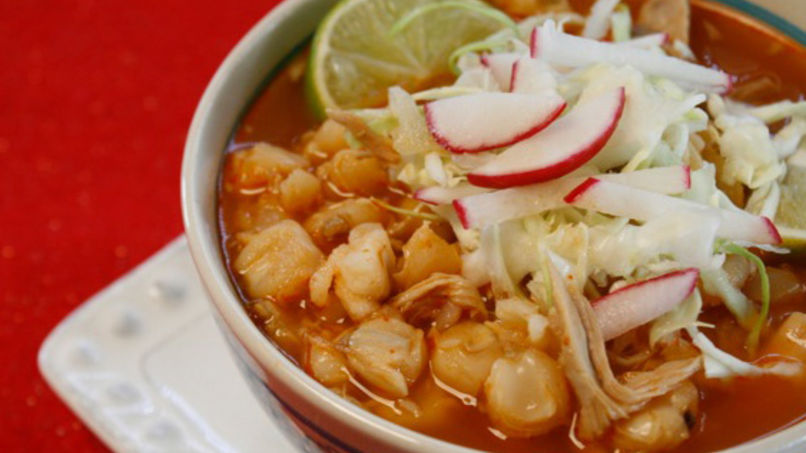The national holidays of Mexico are more than the 'Cry of Independence' on September 15 that commemorates its independence. There is also the oozing smell and flavor of pozole, the most popular dish of corn and pork on the tables this time of the year.
Traditional Mexican cuisine, pozole is a broth with grains of corn and pork, although it can be prepared with chicken, and a garnish of lettuce, onion, radishes and oregano, which is eaten with tostadas and the option of spicy sauces.
Their preparation can have the pot over high heat for a couple of hours, time . . .






